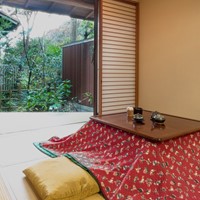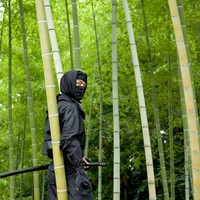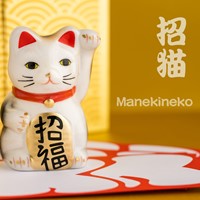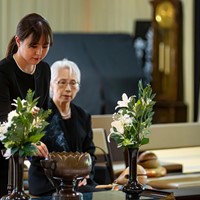NINJA: Their True Mission & Ultimate Purpose (Part 1/3)

This article is contributed by COMMU忍(NIN)CATION.
What do you imagine when you hear the word "ninja"?
What comes to mind may differ from generation to generation. Perhaps you think of movies. Or animation or manga. It might conjure memories of games or characters.
Outside of Japan, the word “ninja" is used for athletic gyms and websites and seems to be associated with a wide range of images.
But for the most part, the image of ninja seems using illusionary techniques and superior physical abilities. This connotation primarily seems to have come from fiction, such as plays and manga.

Ninja’s true mission
Recent advances in academic research have made it more confident that the critical elements of ninja’s mission were as follows:
(1) Obtain useful information
(2) Return home alive
(3) Convey the information to their lord

In the past, castle lords used ninja to gain useful information. This not only helped to defeat the enemy but also to reduce the size of battles and their losses or to gain advantages while avoiding unnecessary conflicts.
Winning without fighting
Sun Tzu's Art of War, written in B.C., also explains the importance of winning without fighting.
Even if battle after battle is won, the land would be desolate, and the troops would be wounded and reduced. Naturally, food and weapons would also become scarce, and the army would be exhausted.
The defeated army would attempt to retaliate in another way, creating a negative cycle. The losses for both sides from warfare would be immeasurable.
Ninja’s ultimate purpose
The ultimate purpose of ninja was to keep the scale of warfare to a minimum so that the peace of the community and the safety of their own families would be protected, even in times of unstable conditions.

As for how the ninja came into being, there is a theory that groups were formed in the ninja-famous Iga and Koka regions, when there were no lords, to protect their villages. These groups armed themselves and were skilled at obtaining information in various ways, which was unique at the time.
What the Ninjutsu is
Ninjutsu is the general term for techniques used by ninja. Ninjutsu is not a collection of magical arts but survival techniques for self-preservation in which the small conquer the large. Even in areas where military forces were weak, using vital information could increase the chances of survival.
Therefore, ninja acquired a wide range of knowledge and skills that were state-of-the-art for their time, including the art of dialogue, disguise, martial arts, astronomy, pharmacy, gunpowder, and trickery. It was a compilation of knowledge and practices to survive in unstable times.
If you are interested in learning more about ninja
Your image of ninja might have changed a little after reading this article. In the next issue, we will discuss ninja's communication techniques. Please keep an eye out for it!
If you are interested in learning more about ninja, please refer to the seminar below.

















